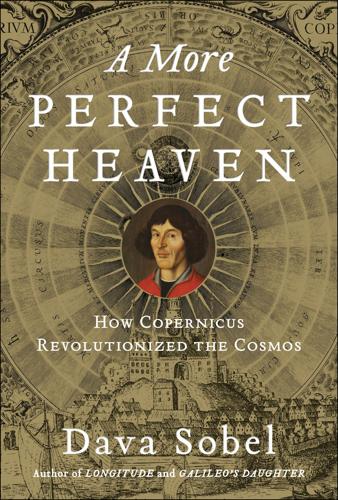
More Perfect Heaven: How Copernicus Revolutionised the Cosmos
by
Dava Sobel
Published 1 Sep 2011
p. 201 “I excavated … wonderfully.” Danielson, 199. CHAPTER 10 p. 202 “I deem … contemplate it.” Caspar, 384. p. 202–3 “In truth … world.” Ferguson, 47. p. 207 “I consider … astronomy.” Astronomia Nova (Donahue, 43; Ferguson, 98–99). p. 207 “burning eagerness.” Ferguson, 155. p. 208 “Days and nights … wind.” Mysterium (Caspar, 63; Ferguson, 192). p. 209 “I build … world.” Epitome (Wallis, 10). p. 210 “I was … ridiculous me.” Astronomia nova (Gingerich and Ann Brinkley, quoted in Gingerich, Eye, 320). p. 210 “sacred frenzy.” Gingerich, Eye, 407. p. 210 “If you … much time.” Gingerich, Eye, 357. p. 210 “hesitating … machine.”
…
No; rather, he wanted to warn people of their own mutability, while the Earth, home of the human race, remains always the same, the motion of the Sun perpetually returns to the same place, the wind blows in a circle and returns to its starting point, rivers flow from their sources into the sea, and from the sea return to the sources, and finally, as these people perish, others are born. Life’s tale is ever the same; there is nothing new under the Sun. You do not hear any physical dogma here. The message is a moral one, concerning something self-evident and seen by all eyes but seldom pondered. Solomon therefore urges us to ponder. —JOHANNES KEPLER, Astronomia nova, 1609 (TRANSLATED FROM THE LATIN BY WILLIAM H. DONAHUE) Chapter 7 The First Account It is also clearer than sunlight that the sphere which carries the Earth is rightly called the Great Sphere. If generals have received the surname “Great” on account of successful exploits in war or conquests of peoples, surely this circle deserved to have that august name applied to it.
…
Harmonies of the World (Wallis, 240). CHAPTER 11 p. 214 “The constitution … the word.” Dedication in Galileo’s Dialogue (Drake, 3–4). p. 214 “Would it … effort.” Ferguson, 206. p. 217 “Summon men … at all.” Rosen, Scientific Revolution, 189. p. 217 “concerning … humanity” and “read the … class.” Astronomia nova (Donahue, 19, 21). Science historian William H. Donahue, who translated the New Astronomy from the Latin, says that Kepler’s arguments on the interpretation of Scripture became the most widely read of his writings, often reprinted in modern languages, and the only work by Kepler to appear in English before the 1870s.
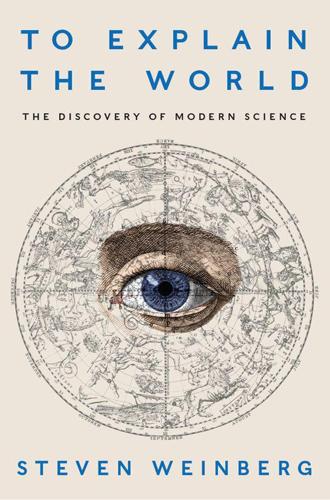
To Explain the World: The Discovery of Modern Science
by
Steven Weinberg
Published 17 Feb 2015
Kepler continued work on the motions of planets, trying and failing to reconcile Tycho’s precise data with Copernican theory by adding eccentrics, epicycles, and equants. Kepler had finished this work by 1605, but publication was held up by a squabble with the heirs of Tycho. Finally in 1609 Kepler published his results in Astronomia Nova (New Astronomy Founded on Causes, or Celestial Physics Expounded in a Commentary on the Movements of Mars). Part III of Astronomia Nova made a major improvement in the Copernican theory by introducing an equant and eccentric for the Earth, so that there is a point on the other side of the center of the Earth’s orbit from the Sun around which the line to the Earth rotates at a constant rate.
…
At some point Kepler became convinced that the task was hopeless, and that he had to abandon the assumption, common to Plato, Aristotle, Ptolemy, Copernicus, and Tycho, that planets move on orbits composed of circles. Instead, he concluded that planetary orbits have an oval shape. Finally, in Chapter 58 (of 70 chapters) of Astronomia Nova, Kepler made this precise. In what later became known as Kepler’s first law, he concluded that planets (including the Earth) move on ellipses, with the Sun at a focus, not at the center. Just as a circle is completely described (apart from its location) by a single number, its radius, any ellipse can be completely described (aside from its location and orientation) by two numbers, which can be taken as the lengths of its longer and shorter axes, or equivalently as the length of the longer axis and a number known as the “eccentricity,” which tells us how different the major and minor axes are.
…
This, together with Tycho’s conclusions from the comet of 1577, went far to discredit the old idea that planets are carried on revolving spheres, an idea that Kepler himself had assumed in the Mysterium Cosmographicum. Instead, Kepler and his successors now conceived of planets as traveling on freestanding orbits in empty space. The calculations reported in Astronomia Nova also used what later became known as Kepler’s second law, though this law was not clearly stated until 1621, in his Epitome of Copernican Astronomy. The second law tells how the speed of a planet changes as the planet moves around its orbit. It states that as the planet moves, the line between the Sun and the planet sweeps out equal areas in equal times.

Big Bang
by
Simon Singh
Published 1 Jan 2004
When the planet is far from the Sun the radius vector is much longer, but it has a slower speed so it covers a smaller section of the circumference in the same time. Kepler’s ellipses provided a complete and accurate vision of our Solar System. His conclusions were a triumph for science and the scientific method, the result of combining observation, theory and mathematics. He first published his breakthrough in 1609 in a huge treatise entitled Astronomia nova, which detailed eight years of meticulous work, including numerous lines of investigation that led only to dead ends. He asked the reader to bear with him: ‘If thou art bored with this wearisome method of calculation, take pity on me who had to go through with at least seventy repetitions of it, at a very great loss of time.’
…
The Dutch clergyman and astronomer David Fabricius had this to say in a letter to Kepler: ‘With your ellipse you abolish the circularity and uniformity of the motions, which appears to me increasingly absurd the more profoundly I think about it… If you could only preserve the perfect circular orbit, and justify your elliptic orbit by another little epicycle, it would be much better.’ But an ellipse cannot be built from circles and epicycles, so a compromise was impossible. Disappointed by the poor reception given to Astronomia nova, Kepler moved on and began to apply his skills elsewhere. He was forever curious about the world around him, and justified his relentless scientific explorations when he wrote: ‘We do not ask for what useful purpose the birds do sing, for song is their pleasure since they were created for singing.
…
The Earth emitted the notes fah and me, which gave the Latin word fames, meaning ‘famine’, apparently indicating the true nature of our planet. A better use of his time was his authorship of Somnium, one of the precursors of the science fiction genre, recounting how a team of adventurers journey to the Moon. And a couple of years after Astronomia nova, Kepler wrote one of his most original research papers, ‘On the Six-Cornered Snowflake’, in which he pondered the symmetry of snowflakes and put forward an atomistic view of matter. ‘On the Six-Cornered Snowflake’ was dedicated to Kepler’s patron, Johannes Matthaeus Wackher von Wackenfels, who was also responsible for delivering to Kepler the most exciting news that he would ever receive: an account of a technological breakthrough that would transform astronomy in general and the status of the Sun-centred model in particular.
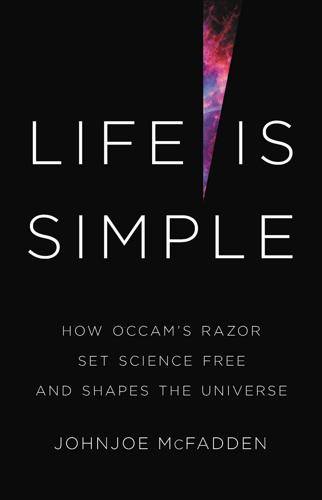
Life Is Simple: How Occam's Razor Set Science Free and Shapes the Universe
by
Johnjoe McFadden
Published 27 Sep 2021
I should point out, however, that despite dispensing with the need for supernatural entities from the heavens, Kepler believed that God had written the laws that he had managed to discern. In his magnum opus Astronomia Nova (New Astronomy), he wrote that ‘Geometry is one and eternal shining in the mind of God.’ For Kepler, discovering his three laws was nothing less than reading the geometrically inclined mind of God. Astronomia Nova, published in 1609, describes his first two laws of planetary motion. The book was a huge success and established Kepler as the greatest astronomer of his generation. Sadly, he was not able to enjoy this new acclaim as his private life was marked by a succession of tragedies.
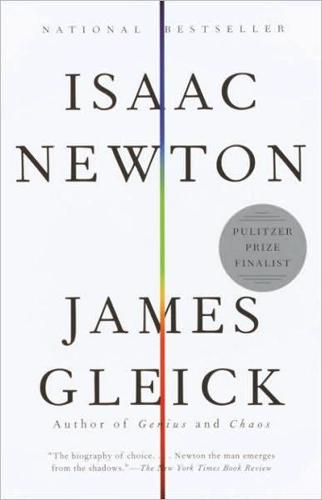
Isaac Newton
by
James Gleick
Published 1 Jan 2003
Meanwhile, Cohen and other scholars suggest that Newton’s reading, wide-sweeping though it became, may have never included Galileo’s Discorsi or anything of Kepler. Nor, at his death, did his considerable library contain any work by Ptolemy, Copernicus, or Tycho. Cf. Whiteside in Math, VI: 3 n. and 6 n. 5. Now we say these were the first two of Kepler’s three “laws.” We conventionally date these to 1609, when he published his great work, Astronomia Nova. He put forth a notion of gravity, too: “Gravity is the mutual tendency of cognate bodies to join each other (of which kind the magnetic force is).” Nevertheless, by the time of the Principia, at the far end of the century, few astronomers accepted Kepler’s ideas as firm truths; nor did Newton, in the Principia, see Kepler as a significant precursor.
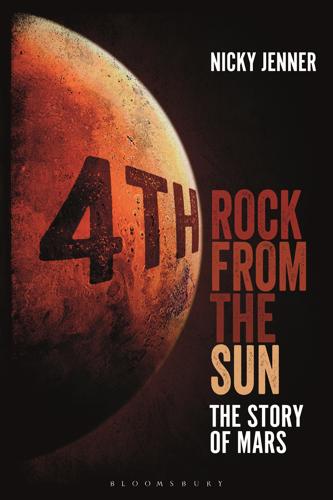
4th Rock From the Sun: The Story of Mars
by
Nicky Jenner
Published 5 Apr 2017
In the late 1500s, Brahe met Johannes Kepler (1571–1630), who subsequently became his assistant. Brahe tasked Kepler with understanding Mars’s orbit, a task that was readily accepted. Sadly, Brahe died in 1601 before he could see his assistant’s conclusions, but Kepler continued his work in earnest and some eight years later published his Astronomia Nova (New Astronomy). Kepler’s big breakthrough was to picture planetary orbits as ellipses, not circles, with the Sun at one of the foci (essentially the ‘centres’ of the ellipse – a circle has just one focus, its centre, but ellipses have two due to their elongated shape along one axis). He also figured out that the planets didn’t move at constant speeds: they moved faster as they approached the Sun and slower when further away.
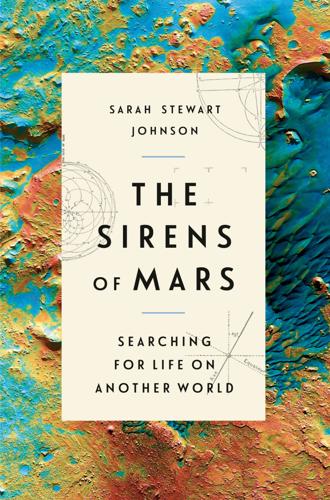
The Sirens of Mars: Searching for Life on Another World
by
Sarah Stewart Johnson
Published 6 Jul 2020
. | Mars (Planet) Classification: LCC QB641 .J64 2020 (print) | LCC QB641 (ebook) | DDC 576.8/39099923—dc23 LC record available at https://lccn.loc.gov/2020007280 LC ebook record available at https://lccn.loc.gov/2020007281 Ebook ISBN 9781101904824 randomhousebooks.com Cover design: Elena Giavaldi Cover images: Sand dunes lie next to a hill within an unnamed crater in eastern Arabia on Mars. This false-color mosaic, in which bluish tints indicate fine sand and reddish tints indicate outcrops of rock, was made from images taken at visible and infrared wavelengths by the Thermal Emission Imaging System on NASA’s 2001 Mars Odyssey mission. (NASA/JPL-Caltech/ASU); Fol 36-37 “Astronomia nova Aitiologetos,” by Johannes Kepler (engraving), Bridgeman Images (top right); August 20, 1982, “Professor Pickering’s Observation of Mars,” Scientific American (center left); Morphart Creation/Shutterstock (bottom right) ep_prh_5.5.0_c0_r0 Contents Cover Title Page Copyright Prologue Part 1: A Point Is That Which Has No Part.

You've Been Played: How Corporations, Governments, and Schools Use Games to Control Us All
by
Adrian Hon
Published 14 Sep 2022
With everything from sex and romance to shopping and stock markets being gamified, nothing less than our relationships, livelihoods, and agency are at risk. CHAPTER EIGHT THE WORLD AS GAME All the world’s a stage, and all the men and women merely players. —William Shakespeare, As You Like It IN 1605, JOHANNES KEPLER, THE GERMAN ASTRONOMER WHO SOUGHT TO understand how the heavens moved, wrote to a correspondent about his book Astronomia Nova: “My aim is to show that the heavenly machine is not a kind of divine, live being, but a kind of clockwork (and he who believes that a clock has a soul, attributes the maker’s glory to the work), insofar as nearly all the manifold motions are caused by a most simple, magnetic, and material force, just as all motions of the clock are caused by a simple weight.”1 We’re drawn to metaphors as a way to understand the world, and for good reason: they can suggest fruitful new approaches.
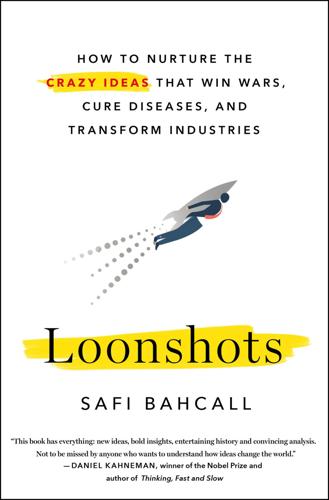
Loonshots: How to Nurture the Crazy Ideas That Win Wars, Cure Diseases, and Transform Industries
by
Safi Bahcall
Published 19 Mar 2019
The History of the Royal Society of London. London, 1734 [1667]. Sun, Xiaochun. “State and Science: Scientific Innovations in Northern Song China, 960–1127.” PhD thesis, U. Pennsylvania, 2007. Thoren, Victor E. The Lord of Uraniborg. Cambridge, 1990. Voelkel, James R. The Composition of Kepler’s Astronomia Nova. Princeton, 2001. Walsh, Judith E. A Brief History of India. 2nd ed. Facts on File, 2011. Weinberg, Steven. To Explain the World. Harper, 2015. Westman, Robert S. The Copernican Question. U. California, 2011. Winchester, Simon. The Man Who Loved China. HarperCollins, 2008. Wootton, David.
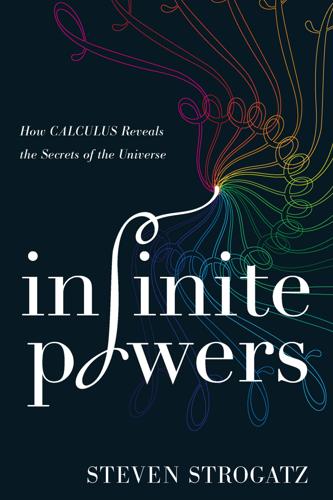
Infinite Powers: How Calculus Reveals the Secrets of the Universe
by
Steven Strogatz
Published 31 Mar 2019
See also Kline, Mathematics in Western Culture, 110–25; Edwards, The Historical Development, 99–103; Asimov, Asimov’s Biographical Encyclopedia, 96–99; Simmons, Calculus Gems, 69–83; and Burton, History of Mathematics, 355–60. 78 “criminally inclined”: Quoted in Gingerich, “Johannes Kepler,” https://www.encyclopedia.com/people/science-and-technology/astronomy-biographies/johannes-kepler#kjen14. 78 “bad-tempered”: Ibid. 78 “such a superior and magnificent mind”: Ibid. 79 “Day and night I was consumed by the computing”: Ibid. 80 “God is being celebrated in astronomy”: Ibid. 81 “this tedious procedure”: Kepler in Astronomia Nova, quoted by Owen Gingerich, The Book Nobody Read: Chasing the Revolutions of Nicolaus Copernicus (New York: Penguin, 2005), 48. 84 “sacred frenzy”: Quoted in Gingerich, “Johannes Kepler,” https://www.encyclopedia.com/people/science-and-technology/astronomy-biographies/johannes-kepler#kjen14. 85 “My dear Kepler, I wish we could laugh”: Quoted in Martínez, Science Secrets, 34. 86 “Johannes Kepler became enamored”: Koestler, The Sleepwalkers, 33. 4.